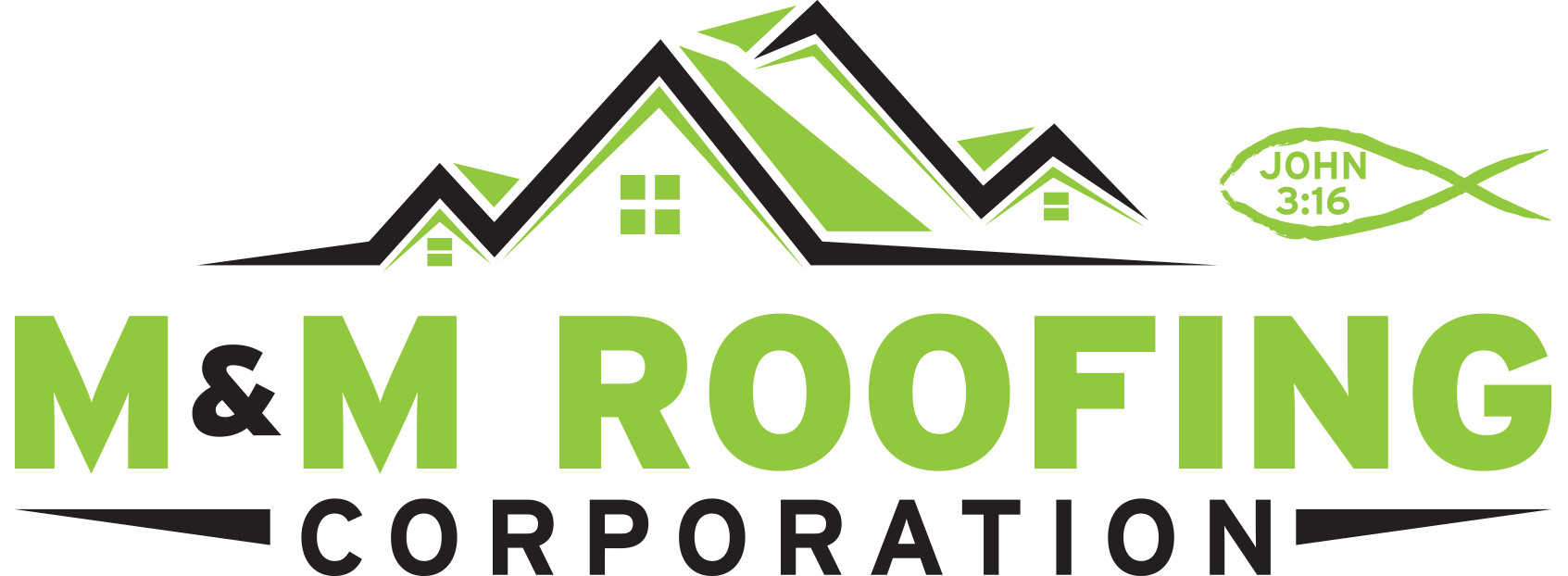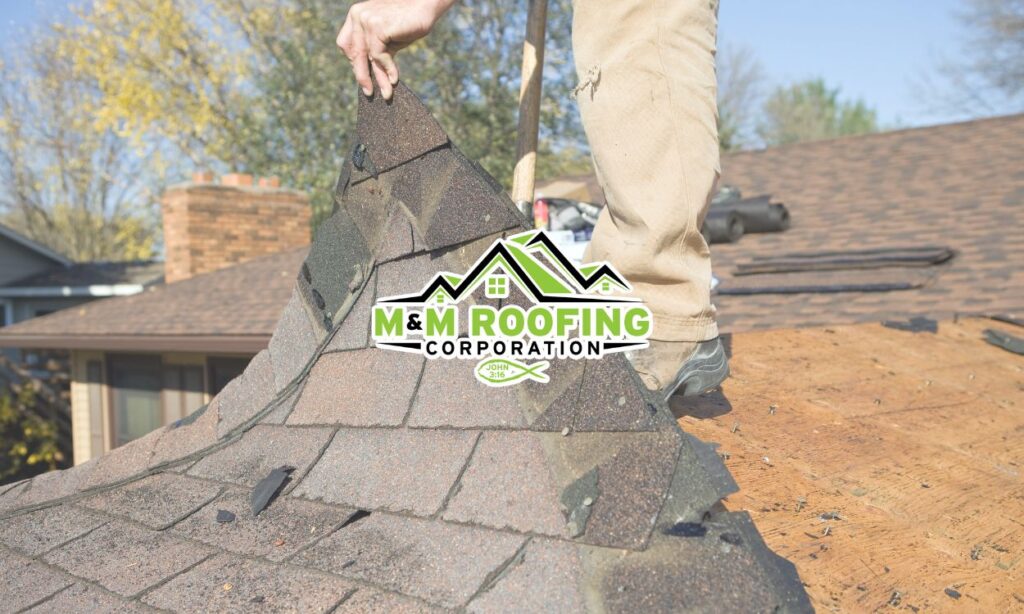When it comes to roof replacement or repair, many homeowners may consider installing new shingles over the existing ones as a way to save time and money. While it may seem like a convenient solution, it’s important to understand the disadvantages that come with this approach. In this article, we will discuss the drawbacks of installing new shingles over old shingles and why it’s crucial to explore alternative options.
Compromised Structural Integrity:
Added weight and stress on the roof:
One of the significant disadvantages of installing new shingles over old shingles is the compromised structural integrity of the roof. When multiple layers of shingles are stacked on top of each other, it can add excessive weight to the roof, exceeding its load-bearing capacity. This can lead to sagging, warping, and even structural damage, compromising the overall stability of your roof.
Lack of Proper Ventilation:
Additionally, installing new shingles over old shingles can restrict proper ventilation in the attic space. The underlying layer of old shingles may not provide adequate airflow, trapping heat and moisture. This can lead to the deterioration of the new shingles and potential issues with mold and mildew growth.
Reduced Lifespan:
Transfer of Underlying Issues:
Installing new shingles over old shingles can also result in a reduced lifespan for your new roof. The underlying issues and damage present in the old shingles can transfer to the new layer, causing premature wear and tear. Issues such as rot, decay, or even leaks may go unnoticed, leading to further complications down the line.
Limited Roof Inspection and Maintenance:
When new shingles are installed over old ones, it becomes challenging to inspect and maintain the underlying layers. Regular roof inspections and maintenance are crucial for identifying and addressing potential issues early on. With multiple layers of shingles, it becomes difficult to detect problems and perform necessary repairs.
Increased Risk of Leaks and Moisture Damage:
Compromised Seal and Waterproofing:
Another drawback of installing new shingles over old shingles is the increased risk of leaks. Over time, the old shingles may develop cracks, gaps, or other forms of damage. When new shingles are installed on top, they may not provide a seamless barrier against water penetration. Moisture can seep through the gaps and infiltrate the underlying layers, causing water damage, mold growth, and potential structural issues.
Difficulty in Identifying and Repairing Leaks:
With multiple layers of shingles, identifying and repairing leaks becomes more challenging. Water can travel between the layers, making it harder to pinpoint the exact source of the leak. This can result in prolonged damage, increased repair costs, and potential interior damage to your home.
Inability to Address Underlying Issues:
By installing new shingles over old shingles, you miss the opportunity to address any underlying issues with the roof deck or structure. Issues such as rot, decay, or damage to the roof deck may remain hidden, leading to further complications in the future. A proper roof replacement allows for a thorough inspection and repair of any underlying issues, ensuring a strong and durable roof.
Conclusion:
While installing new shingles over old shingles may appear to be a quick and cost-effective solution, it comes with several disadvantages that can compromise the overall integrity and longevity of your roof. It’s crucial to explore alternative options such as a complete roof replacement to ensure a structurally sound and durable roof for your home. For professional roofing services and expert advice, contact M&M Roofing Corp.

